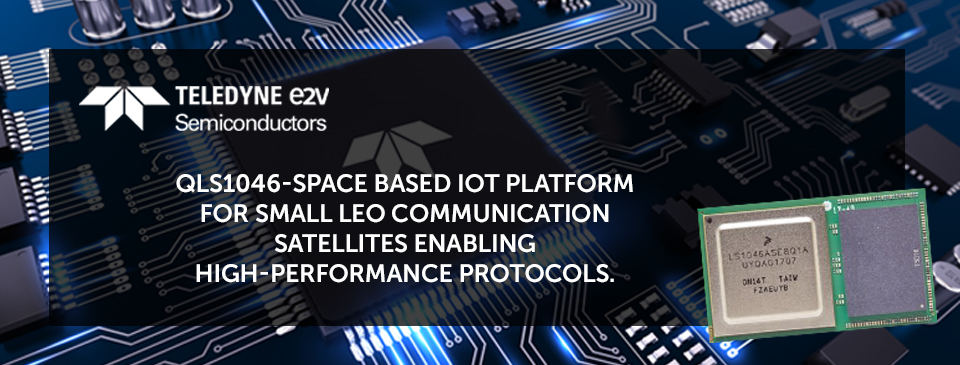
The “Internet of Things” (IoT) has been developing exponentially in the past few years, and this development is supported by the launch of small LEO communication satellite constellations to cover remote areas. IoT needs efficient communication protocols to support its fast growth, to improve the service quality to the end user, and to increase the number of end users or terminals. These advanced protocols help increasing the bandwidth, reducing the latency and error rate, and increasing the number of channels supported.
MBI Group has developed the LEOnida approach, which is based, on the Return Link (RL), on an improved Enhanced-Spread Spectrum Aloha (E-SSA) air-interface [1]. E-SSA is a random access (RA) technique, based on an evolution of the older Aloha protocol which allows demodulation of asynchronous bursts received with signal-to-noise ratio (C/N) well below 0 dB, thanks to the combination of direct sequence Spread Spectrum (SS) and Successive Interference Cancellation (SIC) for the cancellation of Multi Access Interference (MAI) at the receiver. Besides, the protocol does not need signaling nor coordination among the terminals, minimizing their complexity and network management. The LEOnida solution offers a delay tolerant implementation, meaning it can be operated with discontinuous service link and low-density constellations in order to speed-up the service implementation. It also provides Store & Forward capabilities in case of discontinuous feeder connectivity.
The RL LEOnida solution was previously implemented by MBI Group resorting to ground processing, while the on-board processing case has never been addressed, since it implied to be capable to realize the complex demodulation scheme on-board the satellite. With the appearance of compute intensive Space grade devices offering a high power-efficiency, it becomes possible to implement such high-performance computation protocols on small LEO satellites.
In this case study, a novel architecture for small LEO communication satellites is presented and tested to improve the terminal to satellite communication by implementing the RL LEOnida solution, and with the embedded demodulation algorithm. The architecture presented in this study takes advantage of the Space grade processing module QLS1046-Space from Teledyne e2v. It is shown that the LEOnida IoT platform proposed can be embarked on LEO satellites to provide narrowband IoT applications to large populations of low-power IoT terminals.
First, the required processing architecture is elaborated, and the options to implement it in Space are evaluated. Then, the practical implementation and test setup are presented. Performance testing is performed, and results are commented. Finally, the possible next steps are discussed.
If you wish to read more, please click on the following link to download the complete white paper.
Please fill out & submit the form to receive an answer from our Sales Team or Application Engineers.